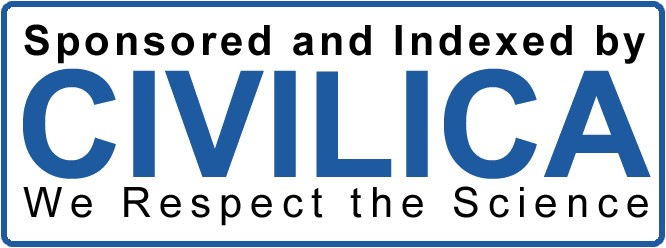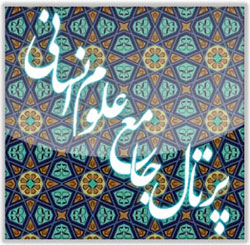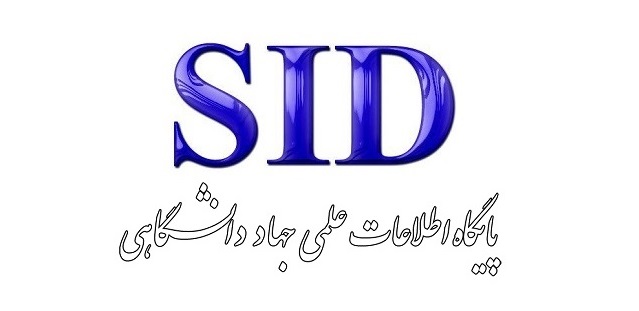Examining the Role of the Ruler in Public Endowment in Iranian Law and Islamic Jurisprudence
Keywords:
Iranian law, Sharia judge, judge, general endowmentAbstract
In public endowment (waqf ʿām), according to the opinion of many jurists, the endowed property is permanently removed from the ownership and possession of the donor. Others, however, believe that the endowed property becomes ownerless (mā lā mālik lah) and therefore does not require a specific owner to be designated. In either case, the transfer or alienation of the endowed property is legally impermissible. According to certain jurists, in this type of endowment, the administration (tawliyah) is entrusted to the individual appointed by the donor (wāqif). However, if the donor has not designated a trustee, the supervision and administration of the endowment fall under the authority of the legitimate ruler (ḥākim sharʿ). Nevertheless, if it becomes evident that the trustee appointed by the donor lacks the necessary qualifications, the legitimate ruler—acting to safeguard the interests of Muslims and the beneficiaries for whom the endowment was made—may replace the trustee. Endowment (waqf) is among those institutions that possess a deeply religious character; therefore, the jurist–guardian (walī-e faqīh) or legitimate ruler plays a significant role throughout its various stages. The ruler participates in issuing legal opinions in his capacity as a jurist (faqīh), in resolving disputes as a judge (qāḍī), and in making critical administrative decisions as a ruler (ḥākim).
References
Al-Kashef al-Atta, M. H. (2012). The Journal of Writing. 5.
Al-Mar, K. (1974). Modern Arabic Dictionary (Larousse). Al-Arus Publishing.
Allameh Hilli, H. b. Y. (1998). Tahrir al-Ahkam al-Shar'iyya. Islamic Publishing Institute.
Allameh Hilli, H. b. Y. b. M. Tazkerah al-Fuqaha. Al-Murtazavi Library.
Ameli, Z. a.-D. M. b. M. (2005). Al-Lam'a al-Dimashqiya (Vol. 1). Translated by Hamid Masjid Sarai.
Ansari, S. M. (1996). Al-Makasib. Dar al-Kutob al-Islamiyya Publishing.
Bandarchi, M. R. (2008). Historical and Terminological Perspectives on Endowment. Monthly 67, 12.
Dehkhoda, A. A. (1994). Dehkhoda Dictionary (Vol. 14). University of Tehran Press.
Haeri Yazdi, M. H. (2001). Endowment in Islamic Jurisprudence. Astan Quds Razavi Publishing.
Jafari Langroudi, M. J. f. (2011). Legal Terminology. Ganj Danesh.
Karki, A. b. H. (1992). Jami al-Maqasid. Al-Bayt Institute Publishing.
Katouzian, N. (1993). Civil Law: Certain Contracts, Volume 1. Yalda Publishing.
Katouzian, N. (1997). Civil Law: Certain Contracts (Volume 4). Public Joint Stock Company Publishing.
Katouzian, N. (2011). Civil Law: Certain Contracts of Gifts. Ganj Danesh.
Khatib Sharbini, M. b. A. (2008). Al-Mughni al-Muhtaj. Tabean Cultural and Information Institute.
Langroudi, M. J. f. (1997). Property Law. Ganj Danesh Library Publishing.
Lotfi, A. (2006). Legal Issues Explained in Al-Lam'a. Majd Publishing.
Malakouti Far, V. A. (2001). Comparative Study of the Definition of Endowment, Endowment of Money, and Conditions of the Endowed. Journal of Endowment and Eternal Heritage(33).
Malekzadeh, F. (2006). Examination of the Sale of Endowment from Jurisprudential and Legal Perspectives. Danbesh Publishing.
Mousavian, S. A. (2007). Identification and Ranking of Risks of Islamic Financial Instruments (Sukuk). Research Institute of Islamic Culture and Thought.
Muhaqqiq Hilli, N. a.-D. J. f. (1994). Shara'i al-Islam. Islamic Publishing Institute.
Muhaqqiq Karki, A. b. H. (1992). Jami al-Maqasid. Al-Bayt Institute.
Najafi, M. H. (1989). Jawahir al-Kalam fi Sharh Shara'i al-Islam. Dar Ahya al-Turath al-Arabi.
Sa'adatfar, J. (2008). Feasibility of Endowing Shares and Its Role in the Capital Market. Proceedings of the International Conference on Endowment and Islamic Civilization, Tehran.
Seyed Beigi, A. H., & Darabi, R. (2015). Endowment and the Legal System Governing It. Second International Conference on Law and Sustainable Development of Civil Society, Shiraz.
Shahbazi, M. H. (2006). The Foundations of the Necessity and Legitimacy of Legal Acts. Farzanegan Institute.
Shahidi, M. (2014). Civil Law: Certain Contracts (Volume 3). Majd.
Sheikh Tusi, M. b. H. (2008). Al-Mabsut (Vol. 3). Al-Muti'a al-Haidariyya.
Sheikh Tusi, M. b. H. (2028). Al-Khilaf. Islamic Publication Institute.
Shekari, R. A., & Karimian, I. (2010). Juristic-Legal Analysis of Selling Endowed Property. Islamic Law Research Journal, 11(2).
Tabiban, S. H. (2001). Larousse Arabic-Persian Dictionary. Amir Kabir Publishing.
Downloads
Published
Submitted
Revised
Accepted
Issue
Section
License
Copyright (c) 2025 Abbas Rastegar (Author); Mohammad Moghadamfard (Corresponding author); Ali pourjavaheri, Mohammad Bagher Amerinia (Author)

This work is licensed under a Creative Commons Attribution-NonCommercial 4.0 International License.








